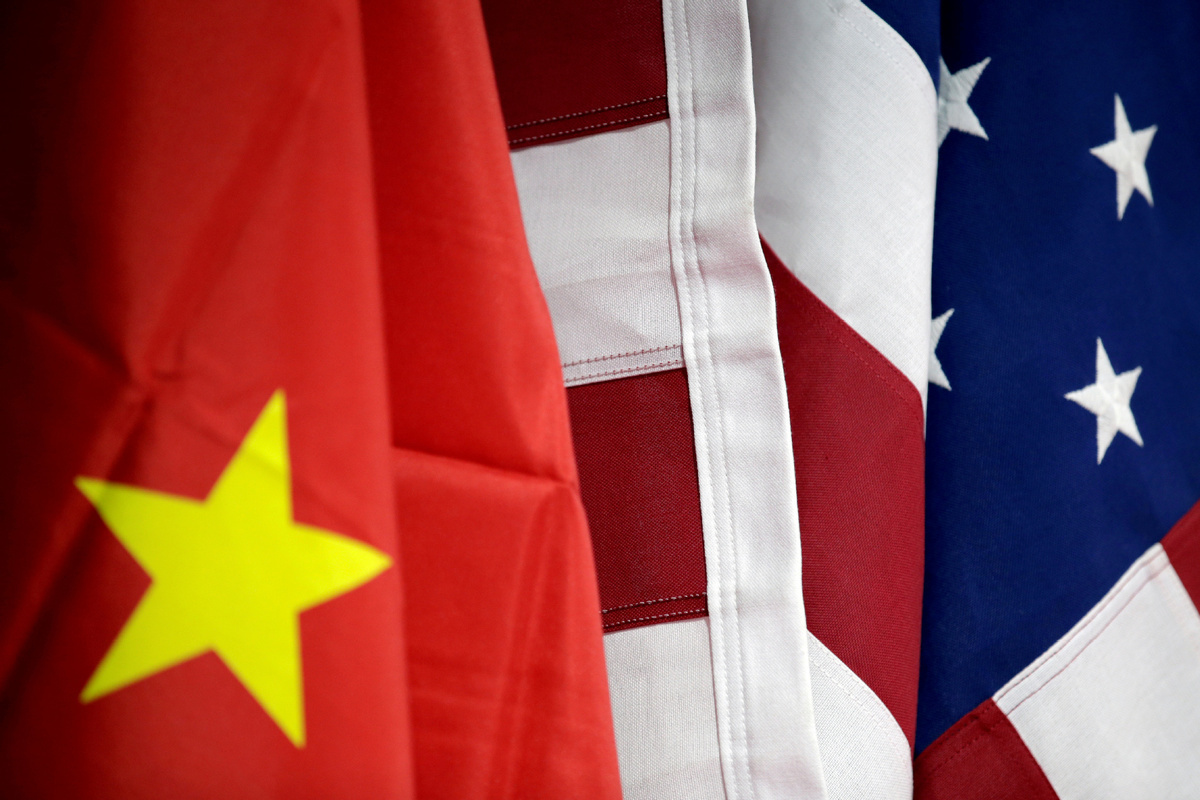US export restrictions on Chinese tech companies hurt both sides
Xinhua | Updated: 2021-03-04 15:04

One of the major issues in phase-two negotiations, Huang said, is subsidies. "The definition of competitive neutrality has not been agreed upon," he said.
The economist noted that in the Boeing-Airbus subsidy dispute, the World Trade Organization (WTO) determined that both the United States and Europe subsidized their aircraft manufacturers.
"So if America complains about China state subsidies, the West also subsidizes its own companies, but they do it in different ways," Huang said, adding that "we don't yet have an agreement of what is a sensible policy."
"And then the question is, can WTO bridge this difference, the answer, yes, but not very quickly," he said. "It's going to take a lot (of) discussions about what are the principles."
The economist said he thinks both China and the United States have a vested interest in reviving the WTO, the World Health Organization and other multilateral institutions to address major concerns.
Huang noted that China was the only major economy to achieve positive growth last year. The former World Bank country director for China said despite a robust recovery in the short term, China should strive for higher returns on investment in order to boost its long-term growth rate.
Huang laid out a few reasons for relatively lower investment returns in recent years, one of which is that a large share of government investment is channeled into the interior provinces, as opposed to the coastal provinces.
"China's emphasis over the last several decades has been to push more money into rural areas, to push more money into the interior provinces and to narrow these differences," Huang said, noting that the country has done "a great job" at alleviating poverty.
Another major factor is innovation, Huang said. "When you try to become more innovative, and you invest in more high-tech activities, your growth rate actually falls," said the economist. "Because innovation requires a lot of capital investment, but generates relatively modest productivity increases."
Noting that the same is true in innovative economies such as South Korea, Israel and the United States, Huang said China needs to figure out that the solution to rapid growth "is not just innovation."
"The solution to rapid growth is job creation of more highly skilled jobs across a broader group of people," said the economist. "And that has a lot more to do with investment policies."























